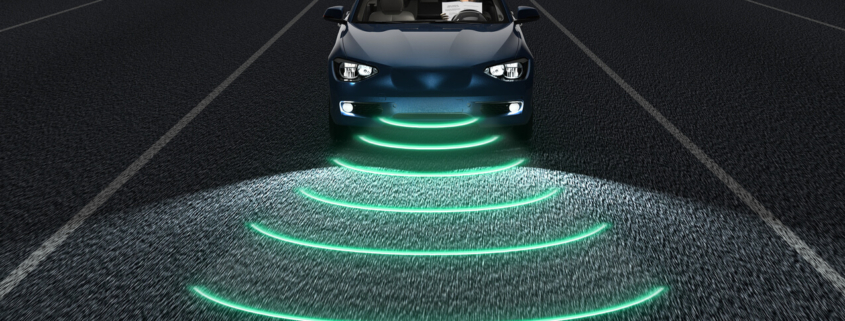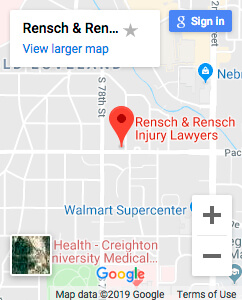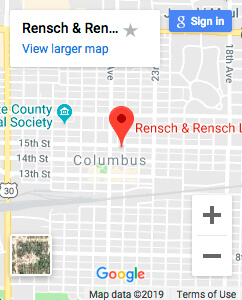What Happens When Tesla Drivers Try to Re-Create a Crash?
OMAHA, Nebraska. Tesla recently revealed that a driver who died in an accident in California had turned on the car’s autopilot before the crash took place. CNN reported that Tesla claimed that the autopilot warned the driver to put his hands on the wheel several times before the accident occurred. Initial reports indicate that the Tesla followed a painted line right into a highway barrier. Some Tesla owners expressed curiosity about whether they could replicate the accident—with shocking and troubling results.
A video posted on Business Insider reveals just how easily the accident could have happened. The driver decided to turn on his autopilot on the same stretch of road where the accident took place. As the divider approaches in the video, an old lane hasn’t been completely removed from the road, and the new lane isn’t always clearly apparent. The car’s autopilot “chooses” to follow the old lane, which puts the car on a head-on collision course with the divider. Fortunately, the driver in the video was paying attention and corrected the car. Unfortunately, if a car’s autopilot can make this mistake, it can also make the mistake when a driver isn’t paying attention.
The accident highlights the real risk present when cars have autopilots that work reasonably well in most scenarios, but still expect drivers to pay attention. Unfortunately, the technology still has its limits, and drivers still need to keep their eyes on the road. However, because the autopilot works most of the time, drivers may become complacent.
The autopilot seems to work primarily by reading the lane markings on the road. However, if lane marking are faded or changed due to road construction, autopilot can face difficulties.
Despite the accident, government reports still indicate that drivers are safer when autopilot features are engaged—they just need to also be paying attention behind the wheel. A government report indicated that autopilot could reduce crash rates by as much as 40%.
Yet, in recent weeks, autonomous and semi-autonomous vehicles have been facing some bad press. Critics have been claiming for some time that it is too soon to implement the technology, while others believe that the technology can make us safer.
These accidents pose unique questions when it comes to personal injury law. In the case of semi-autonomous vehicles in which autopilot is engaged, it is easy for a company to deny liability, especially if the vehicle gave the driver warnings to put his or her hands on the wheel. More complicated are cases where companies claim their cars are fully autonomous. In this case, who is at fault? The engineers? The manufacturers? The company? The passenger in the driver’s seat?
Personal injury lawyers are looking closely at these early cases because they can set important precedents for vehicles and passengers going forward. Rensch & Rensch Law are car accident attorneys in Omaha, Nebraska who are closely watching how these cases unfold. In the meantime, regardless of the safety features in your car—drivers need to pay attention to the road. Failure to do so can result in deadly crashes. Visit our firm at https://www.renschandrensch.com/ if you’ve been hurt in an accident. Rensch & Rensch may be able to help you seek damages for your medical expenses, lost wages, and pain and suffering.
Rensch & Rensch Law
7602 Pacific Street,
Suite 102
Omaha, NE 68114
Toll Free: 800-471-4100






